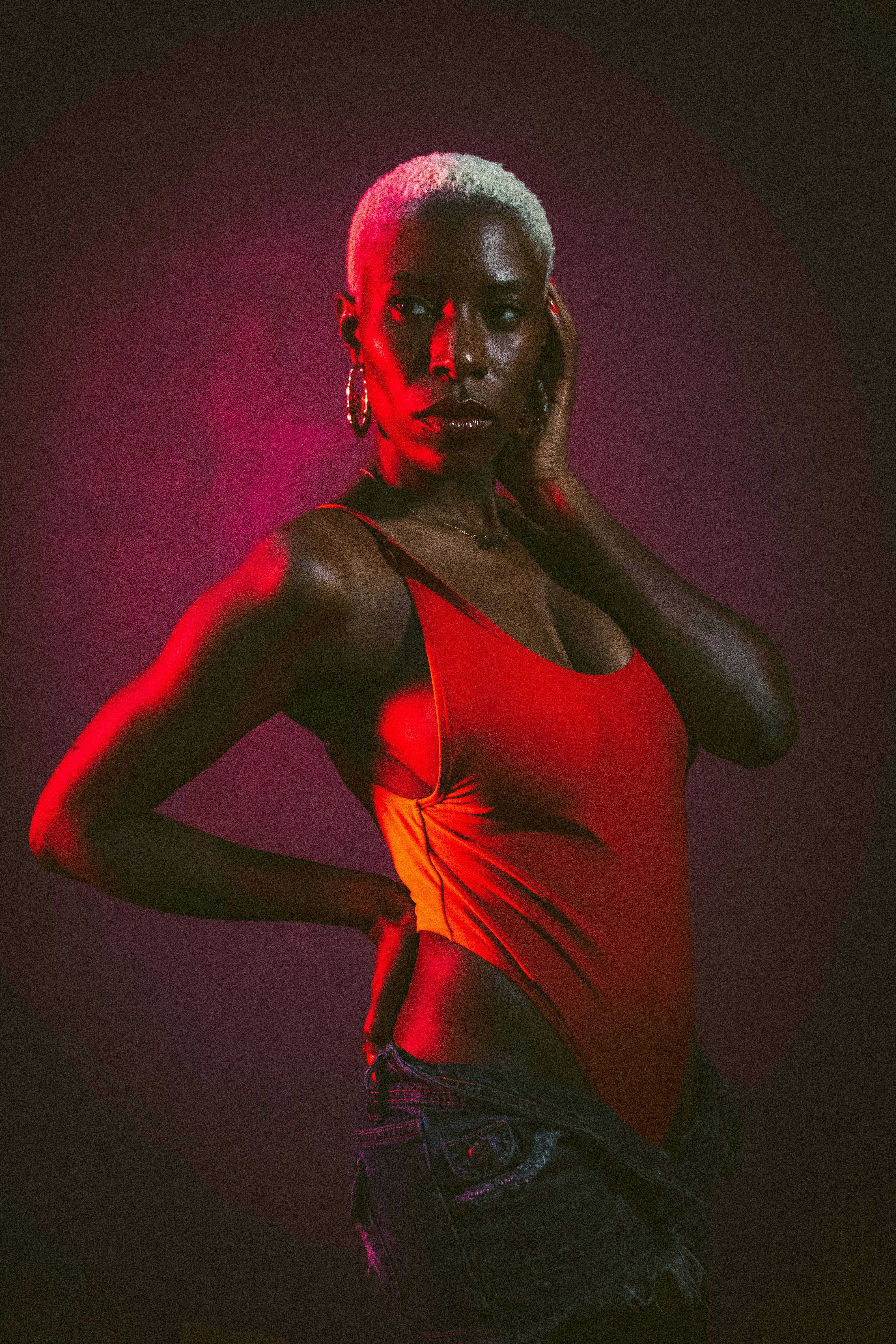Mature Dark-colored Females
In the 1930s, the well-known radio present Amos ‘n Andy made an adverse caricature of black women of all ages called the “mammy. ” The mammy was dark-skinned in a population that seen her pores and skin as ugly or reflectivity of the gold. She was often portrayed as good old ethiopian women or middle-aged, to be able to desexualize her and help to make it less likely that white guys would choose her for the purpose of sexual fermage.
This caricature coincided with another undesirable stereotype of black women of all ages: the Jezebel archetype, which usually depicted enslaved women as reliant on men, promiscuous, aggressive and https://childmind.org/article/social-media-and-self-doubt/ leading. These poor caricatures helped to justify black women’s exploitation.

Nowadays, negative stereotypes of black women and young girls continue to uphold the concept of adultification bias — the belief that black young ladies are elderly and more grow than their light peers, leading adults to deal with them like they were adults. A new survey and cartoon video unveiled by the Georgetown Law Centre, Listening to Dark-colored Girls: Existed Experiences of Adultification Prejudice, highlights the effect of this error. It is related to higher outlook for dark-colored girls in school and more regular disciplinary action, and also more obvious disparities in the juvenile justice system. The report and video also explore the wellbeing consequences of this bias, together with a greater likelihood that black girls will certainly experience preeclampsia, a dangerous motherhood condition linked to high blood pressure.
